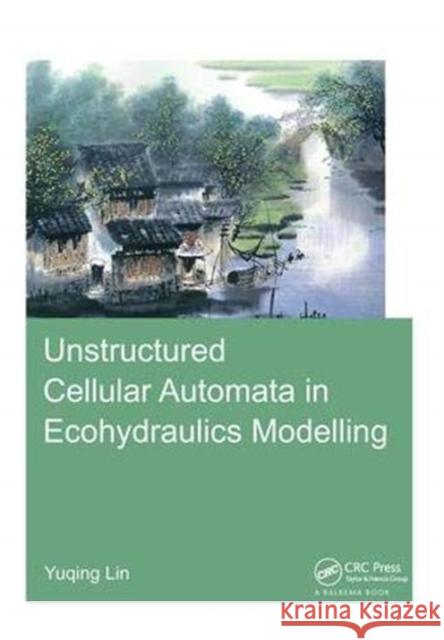Unstructured Cellular Automata in Ecohydraulics Modelling » książka
Unstructured Cellular Automata in Ecohydraulics Modelling
ISBN-13: 9781138381612 / Angielski / Twarda / 2018 / 134 str.
Unstructured Cellular Automata in Ecohydraulics Modelling
ISBN-13: 9781138381612 / Angielski / Twarda / 2018 / 134 str.
(netto: 535,33 VAT: 5%)
Najniższa cena z 30 dni: 503,69
ok. 22 dni roboczych
Dostawa w 2026 r.
Darmowa dostawa!
The field of ecohydraulics integrates hydrodynamic and eco-dynamic processes. While hydrodynamic processes are usually well described by partial differential equations (PDE’s) based on physical conservation principles, ecosystem dynamics often involve specific interactions at the local scale. Because of this, Cellular Automata (CA) are a viable paradigm in ecosystem modelling. All cells in a CA system update their states synchronously at discrete steps according to simple local rules. The classical CA configuration consists of uniformly distributed cells on a structured grid. But in the field of hydrodynamics, the use of unstructured grids has become more and more popular due to its flexibility to handle arbitrary geometries.The main objective of this research is to identify whether the CA paradigm can be extended to unstructured grids. To that end the concept of Unstructured Cellular Automata (UCA) is developed and various UCA configurations are explored and their performance investigated. The influence of cell size was analyzed in analogy with the Finite Volume Method. A characteristic parameter —min distance of UCA– was put forward and tested by numerical experiments. Special attention was paid to exploring the analogies and differences between the discrete CA paradigm and discrete numerical approximations for solving PDE’s. The practical applicability of UCA in ecohydraulics modelling is explored through a number of case studies and compared with field measurements.











